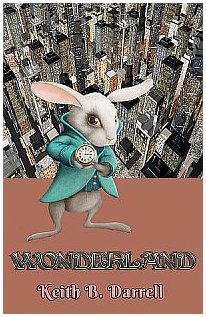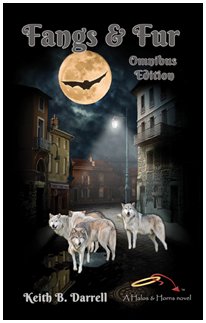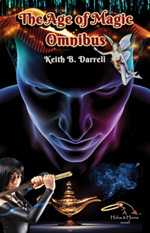I attended a writers group meeting this week where I
was asked to critique a writer’s work. On the second page the writer, a retired
white man, had described his protagonist getting into a cab driven by “a black
driver.” I asked why he had described the driver as “black”. Was the
protagonist a white character in Harlem or some setting where there was a
reason to describe the cab driver’s ethnicity or color? He told me there wasn’t.
On the next page, the protagonist passed “a brown-skinned woman”. I asked how
her skin color was important to the story. He replied it wasn’t, as we never
saw this character again. Two paragraphs later, his protagonist encountered “a
woman”.
Since she had no adjective preceding her, I had to
ask him, “Would I be correct to infer she’s a white woman?” The writer said
yes, she was. “But you didn’t put “white woman,” I said. “You simply wrote ‘woman’
because she was a normal person?” He nodded. “And the other characters weren’t
normal,” I continued. I could hear the penny drop, the tiny light bulb turning
on behind his eyes, as he realized where I was going with this.
“As a white writer, you don’t feel the need to tell
your readers your characters are white because you’re assuming your readers are
white, and white is the normal skin tone for all characters unless you want to
add some ‘color’ to your story. But what you’re saying is white is the default,
normal skin tone and race, and anyone else differs from the norm. Imagine how
you would feel if you were not a white reader reading the story. You wouldn’t
be able to put yourself in the mind of the protagonist because he views you,
the reader, and every nonwhite person he encounters throughout the story as ‘other’,
‘not normal’, or ‘different’. Instead of writing something that’s inclusive for
your reader, you’ve made it exclusive.”
He asked if I thought anyone would be offended. “I
was,” I replied. “And I’m white. This isn’t the 1950s. We live in a
multicultural society, and thanks to the Internet as authors our work is read
worldwide. The more successful we are, the more our work will be read by people
of all races, colors, and cultures.” I explained it’s not just the current
population of potential readers, but those who will be reading our books in the
decades to follow. About 50 percent of American children under age 10 are
nonwhite. Think about that. Half of the potential readership for the young
adult book you’re working on today is not white. By the time it’s eventually
published, you’ll have excluded half your audience.
Our readership has become more ethnically diverse.
In America alone, our society encompasses Hispanics, Asians, and
African-Americans of varying skin color. Not only should a Caucasian writer not
assume the reader is white, he should not want to give that inference. Unless
there’s a good reason to do otherwise, the protagonist should be a chameleon
who can take on the characteristics of the reader.
That’s not to say race or color should never play a
role in character description. For example, in my Halos & Horns fantasy
series I have a character named Asabi whom I have made clear is black. Asabi is
an emere: a mythological being who is able to travel between Heaven and Earth.
Emeres come from the legends of the Yoruba People in Africa. It’s important
that Asabi be black because his origins stem from ancient African legends. It
would be insulting in my opinion (or to use the god-awful politically correct
term ‘cultural appropriation’) to cast Asabi as anything other than black.
When Asabi had his first romantic relationship, with
Cassiopeia, it was important to the plot that I describe her as a white woman. But
most of my other characters, unless required by the plot, were never described
by the color of their skin. Readers may have assumed the two main characters, Gabriel
and Lucifer, were white, but they could just as easily have been black. I left
that to the imagination of the reader, and perhaps white and black readers
imagined them differently.
The truth is, we’re all prejudiced to some degree
simply because of the insular environments in which we were raised. We’ve been
brought up to think of the world as pockets of “us” (defined as those who share
similarities with us) and “them” (defined by those who differ from us). I know
the writer I met this week is not racist; yet he let the vestigial prejudices
we all have slip into his writing. For those of us who are writers we must take
extra care to make sure our words are not unintentionally exclusive.





No comments:
Post a Comment